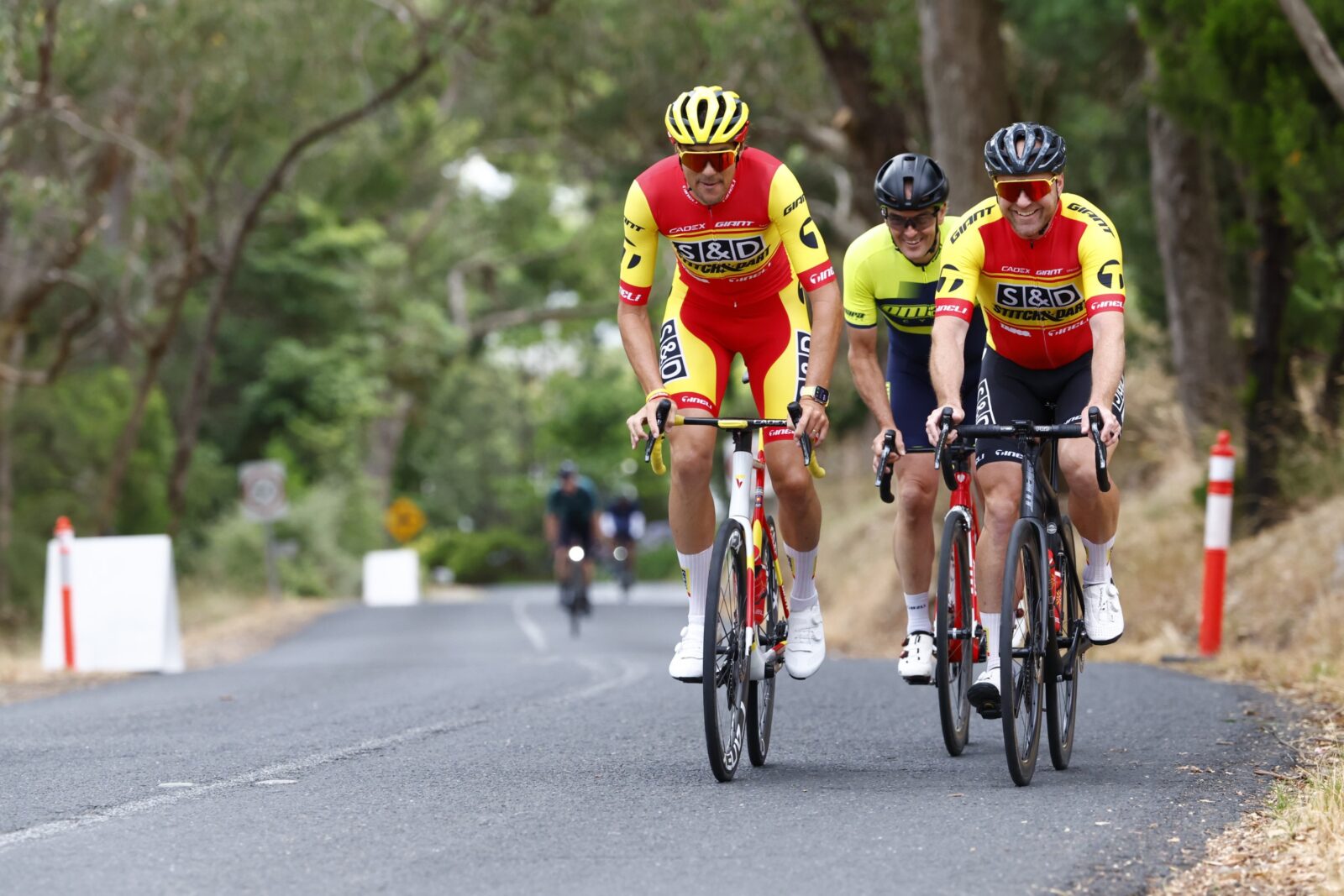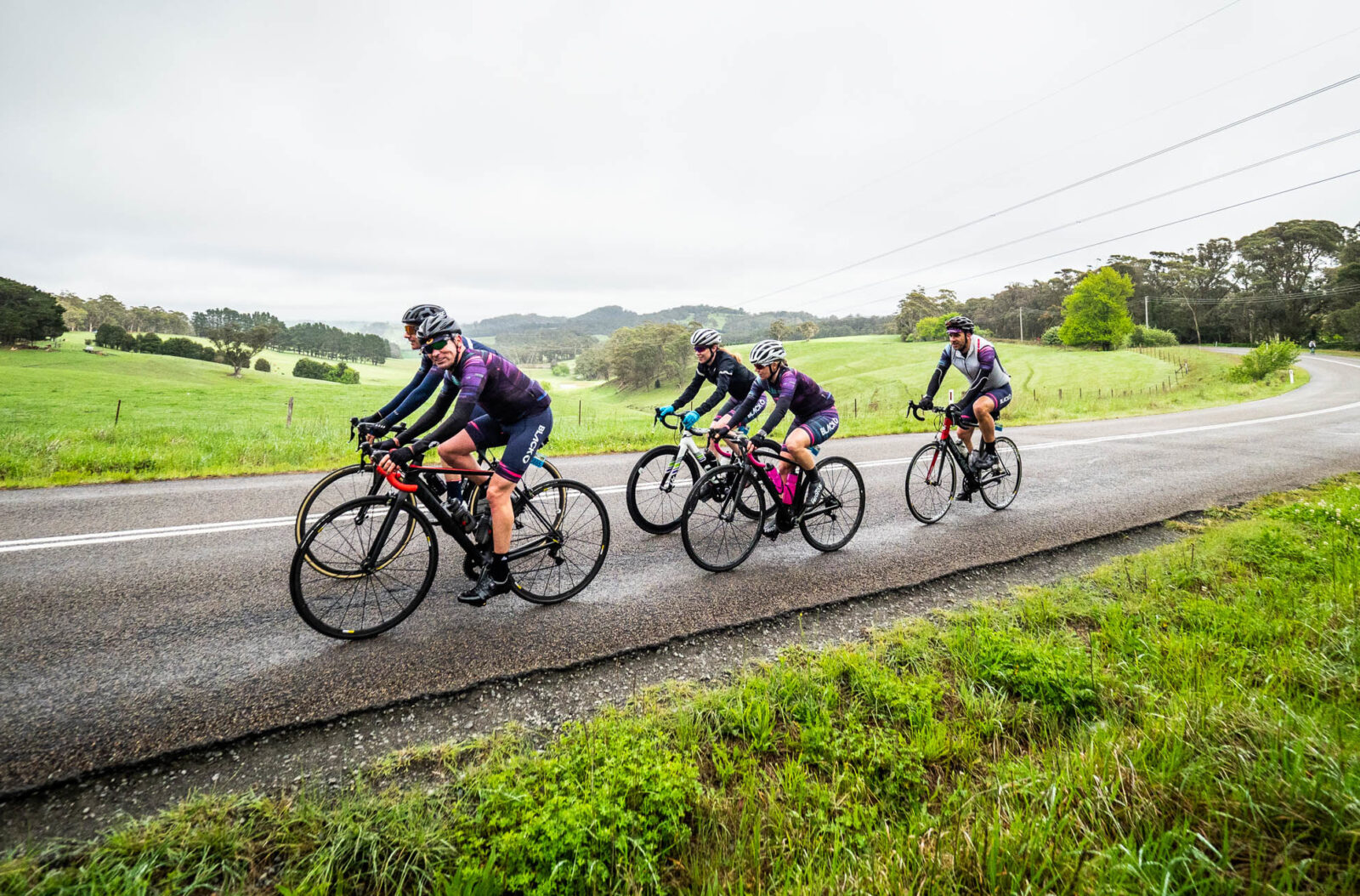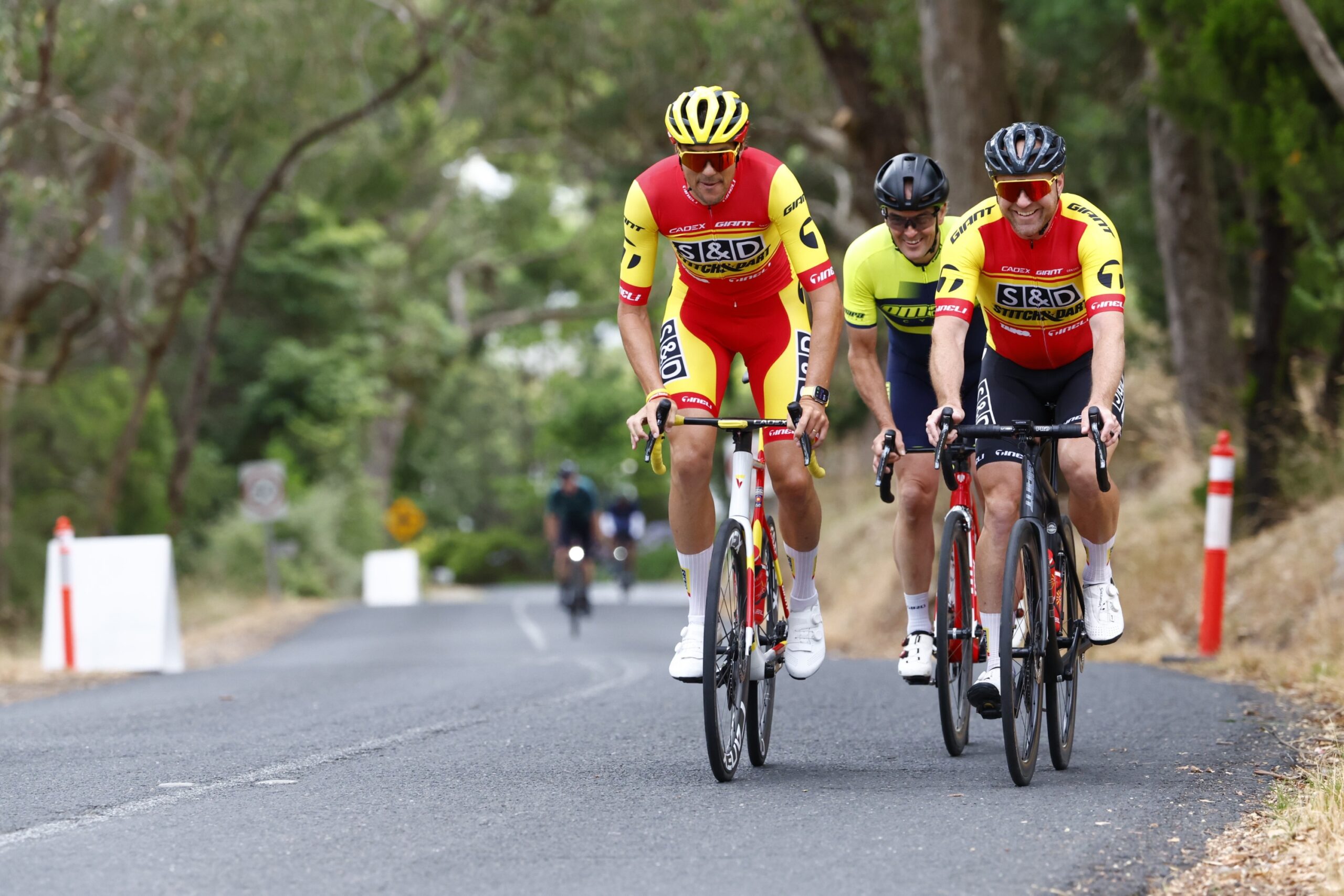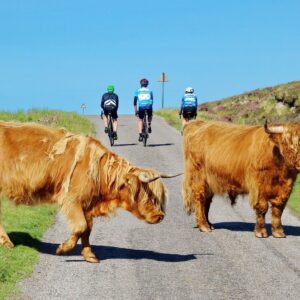We all deserve to be safe when riding our bikes on the road, and riding in a defensive way can keep us and other road users out of trouble, writes Lee Turner.
Lately, there’s been a lot in the media about cars versus cyclists. It’s never a fair fight as we always come off second best, and unfortunately, the tide of public opinion is usually against us. Take for example in Melbourne, where a young driver deliberately ran over a rider at the back of a small bunch. The driver then sped past the bunch and stuck his finger up. Thankfully, the driver was caught and charged. It was spoken about on talkback radio and quickly descended into “cyclists should pay rego and cyclists shouldn’t be on the road”. It’s quite amazing that a rider gets deliberately run over, and after two minutes, it turned into that. It made me think: can we do anything as bike riders to make us less annoying to cars and make it safer for ourselves?
In Australia’s scenic landscapes, where cycling is as much a mode of transport as a passion for many, the rise in cyclist numbers on our roads raises significant concerns about their safety. As cyclists, we’re inherently more exposed and, therefore, more vulnerable than cars. This is where the art of defensive cycling becomes not just a skill but a necessity.
What is defensive cycling? Defensive cycling is essentially about being proactive on the road. It’s about anticipation and taking precautionary measures to avoid hazards. Considering the statistics from the Australian Department of Infrastructure, which indicate a troubling rise in cyclist injuries and fatalities annually, there’s no question that adopting a defensive approach could be lifesaving. This is not about blaming us bike riders but more about what we can do to help avoid these situations.

Positioning is critical in defensive cycling. It involves using the road space wisely – riding at a safe distance from other vehicles, which allows ample time to react to sudden stops or unexpected manoeuvres from drivers. It also means avoiding a driver’s blind spot and making decisions that enhance your safety and visibility without compromising your position on the road. While hand signals indicate your next move, defensive cycling communication extends to eye contact with drivers and other cyclists and even verbal communication when necessary. This establishes a mutual awareness and can often prevent collisions before they’re even close to happening.
Following the road rules isn’t just about legality, it’s about predictability. When we ride predictably, we mesh seamlessly into the traffic flow, minimising surprises for everyone on the road. This includes using designated bike lanes whenever available and adhering to traffic lights and signs. In Victoria, we are allowed to ride two abreast at all times. However, sometimes on narrow single-lane roads, when I’m riding in a small bunch with friends, we will “single up” when we hear a car behind us because we are trying to be considerate for the vehicle.
Group cycling is a common practice as most love a good bunch ride, and while it can offer safety in numbers, it also requires enhanced coordination and group-awareness.
Formation integrity
A tight, orderly formation not only makes the group visible but also predictable. It’s easier for drivers to navigate around a well-organised group than a scattered one.

Consistent communication
From the front of the bunch to the back, communication needs to be clear and constant. Whether it’s pointing out a pothole or signalling a turn, keeping every member of the group informed is key to collective safety.
Defensive cycling practices can only go so far without supportive infrastructure and policies. The necessity for protected bike lanes, clearly marked cycling routes, and traffic calming measures in high-traffic areas cannot be overstated. Furthermore, educational initiatives targeting both cyclists and motorists can bridge the gap in understanding and respect needed on our roads. I believe not enough is being done to educate drivers about cyclists. We are forever abused and yelled at to ride “single file,” so many drivers just don’t know the road rules.
As we push the pedals through our many beautiful roads, embracing defensive cycling can significantly enhance our safety. It’s about more than just personal protection; it’s about contributing to a broader culture of road safety that respects and values every traveller, whether on two wheels or four. Let’s make the roads safer, not just for us cyclists but for everyone sharing the asphalt with us. However, in saying this, nothing can protect us from deliberate acts like the rider mentioned earlier who was deliberately targeted and run over. Bogans will always be bogans, and thankfully for that rider, someone had a rear camera light so the driver could be caught quickly and taken off the street.

Lee Turner
Lee ‘Hollywood’ Turner - ‘Hollywood’ is one of Australia’s best known and most colourful cyclists. Lee Turner always rides hard, speaks his mind and tells it as it is.


